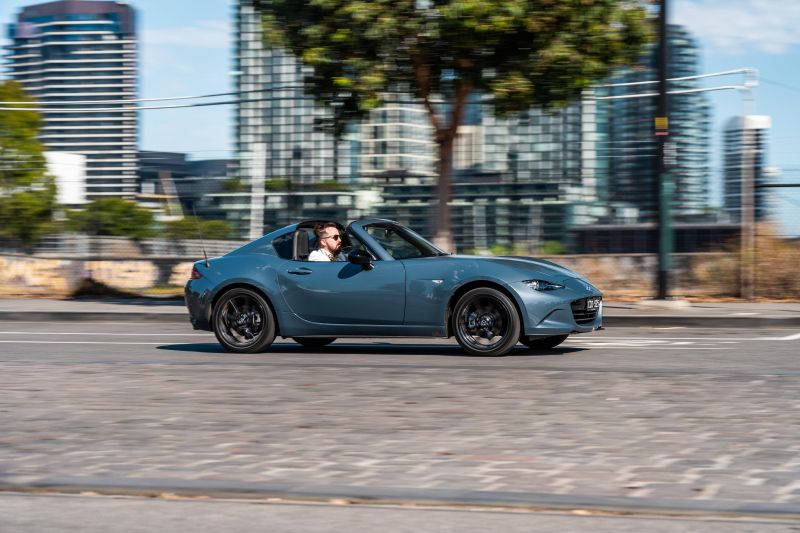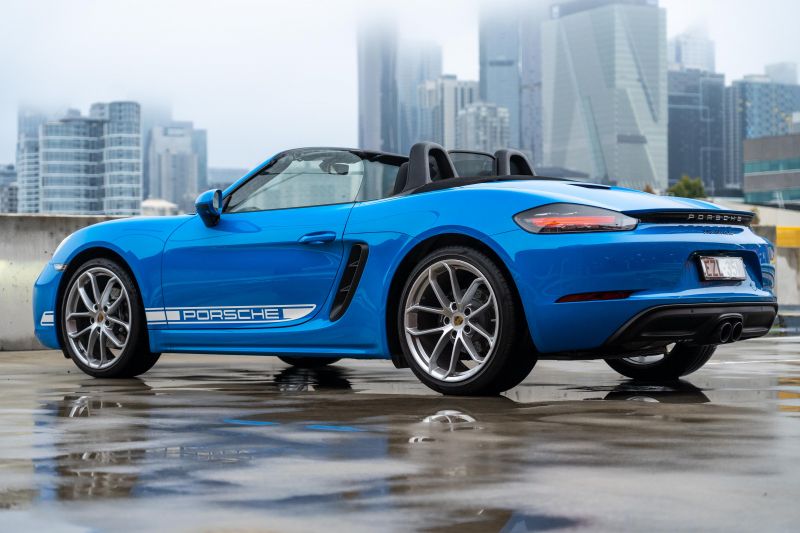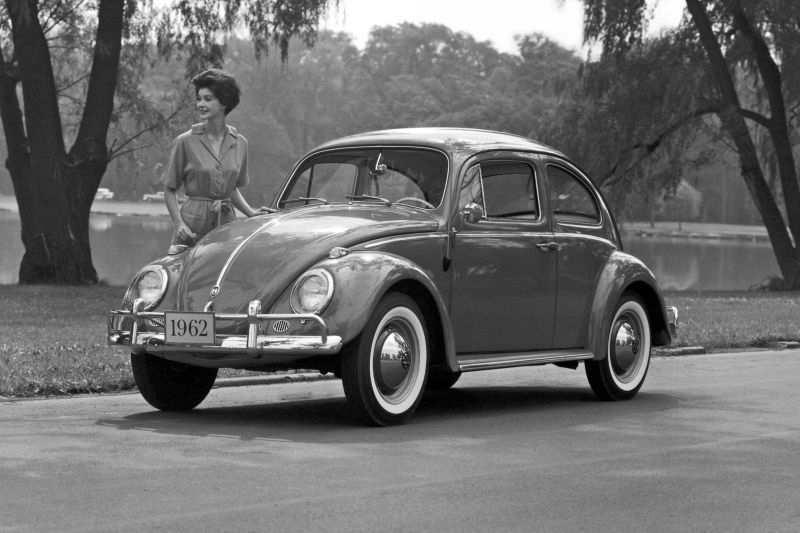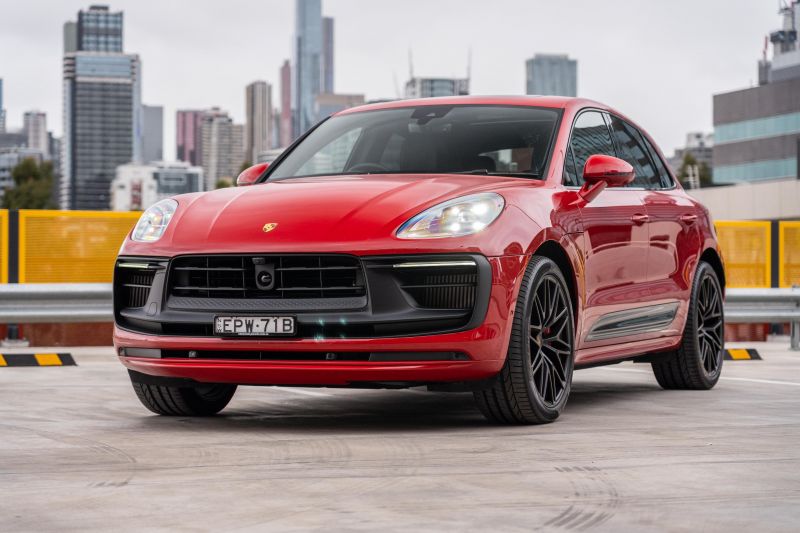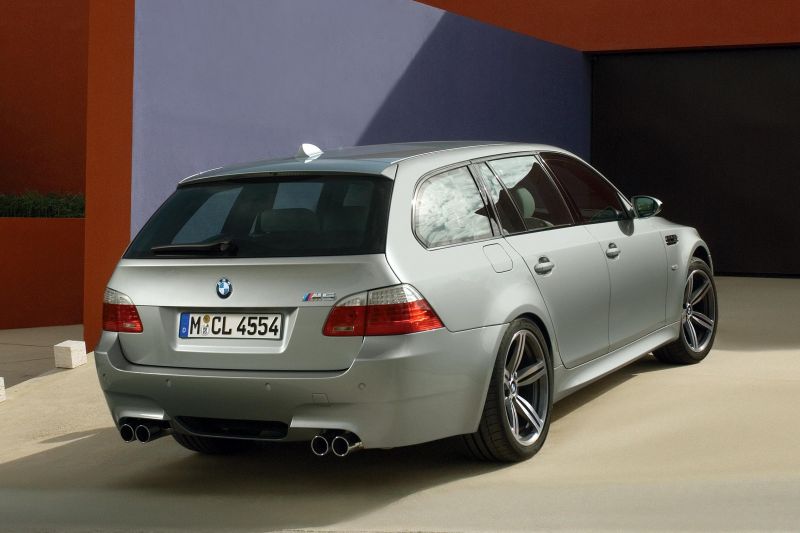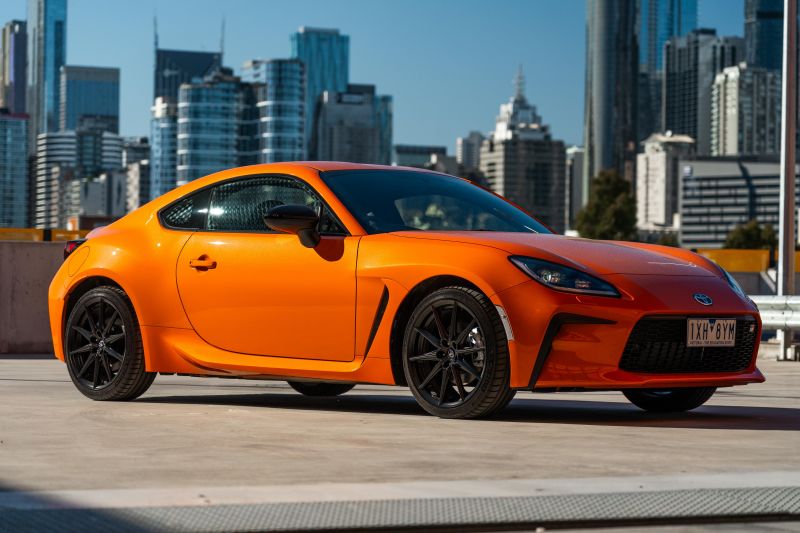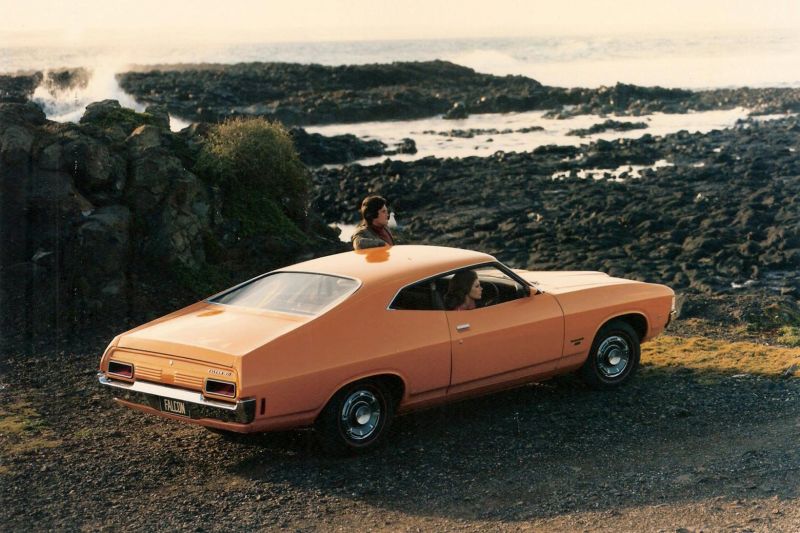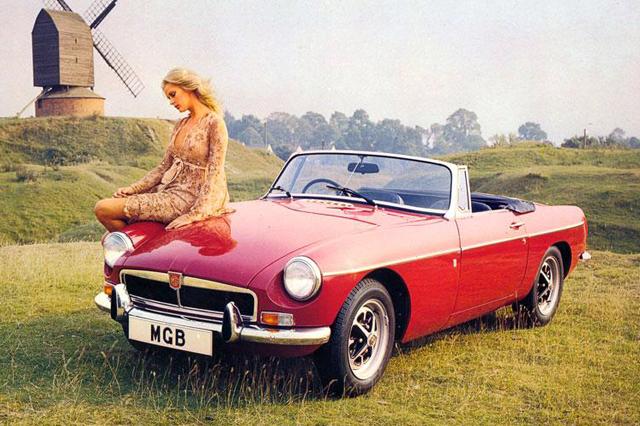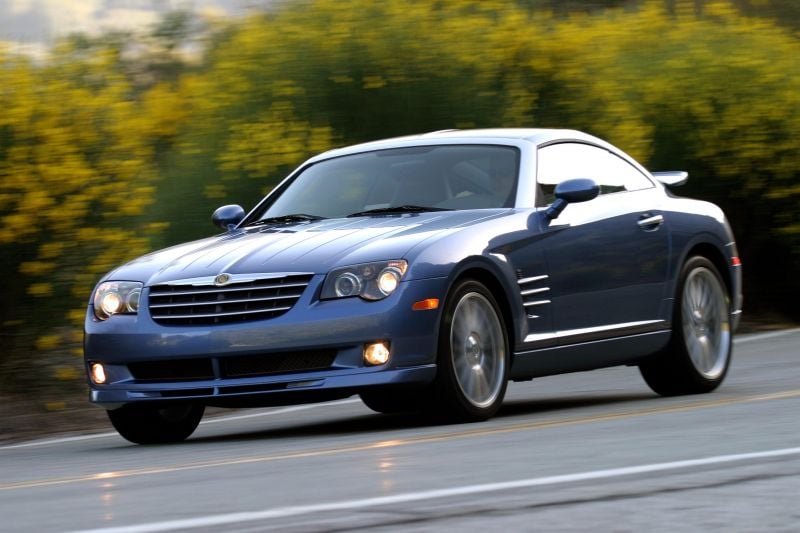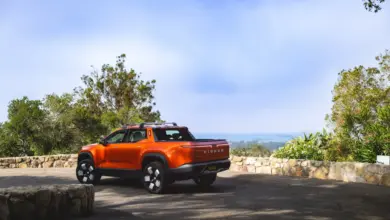Buying a “fun” car or weekend toy? Here’s what you need to know
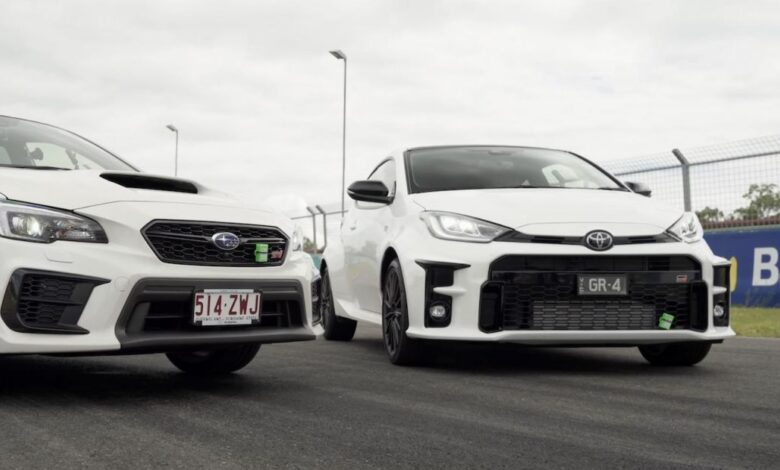
Everyone deserves a car they can love.
It could be something from the past, a dream machine, or just a car that makes an A-to-B daily commute into something more than an automotive torture test.
Call it a ’toy’, or a ‘classic’, or a ‘collectible’, but the emotion is still the same. A special car can also make you feel special.
Lots of people crave a Lamborghini or Ferrari, and they look fantastic in any setting – especially your driveway. But could you really cope with the sound-and-fury driving, the awkward in-and-out procedure, and the endless social media snaps from the surrounding traffic crowding in alongside you?
Then again, your dream machine might be a Suzuki Jimny. It’s cute, fun, and a serious off-roader, although prices have blown-out in recent years…
Auction prices for classic Ford Falcon GTHOs from the seventies prove there is a huge following for old-school Aussie muscle cars. So, too, do the bids for anything from the Peter Brock era at the Holden Dealer Team.
But a dream machine can be something far more pedestrian. Just look around on a Saturday morning at the cars taking ‘exercise’ with their owners, and perhaps a visit to a Cars and Coffee gathering.
Someone might be out and about in a lovely 1920s Rolls-Royce, or running top-down in a terribly British MGB, or even stroking along in an immaculate Ford Anglia from the sixties.
Those cars are time machines for their owners, transporting them to their best days on the road.
Or not…
Seeking something special
A car is not just a random collection of steel and glass, nuts and bolts, a couple of switches, with added rubber and oil.
That’s what makes them special.
Even a daily transport module for the suburban grind, something like a kitchen-appliance-white Toyota Camry, will have some sort of personality.
A new car can be surprisingly spritely, or lovely and calming, or an escape machine with a split-personality response to its driving modes.
In older cars, it can be a grumpy start-up or reluctant cornering, or the need for regular cool-down stops on a hot day, or brakes and throttle which need a special touch to give their best. You never know…
But people who do ‘know’, also know the cars which trigger the best memories or help to create them. That’s why so many people give their car a pet name.
Hollywood actor Eric Bana called his GT Falcon ’The Beast’ and recent research shows popular car names include ‘baby’, ‘jellybean’ and – more obviously – ‘mum’s taxi’.
History and budget will be the crunch points for most ’toy’ cars, since the emotions often come from the past but the financial reality is an everyday challenge.
If you can afford something new that you love, that’s great. You know the bottom line from the get-go and can easily weigh-up the smiles-per-mile (kilometre) return on the investment.
Going old, or even ancient, is more of a dive into the unknown but can be measured in much the same way.
Go for the emotion
Even an old bomb can trigger positive emotions about a car. For me, it’s the sights and smells – ah, the smells – of a 1960s Volkswagen Beetle. I had one as my first car and I now have one in the garage.
So, if you’re looking for a special car, it’s important to plug into your emotions.
Is there a car from your childhood which helped to create happy memories during family holidays? Perhaps the first car you owned? Something you dreamed of driving? Is there a car which makes you smile when you see one today?
And it doesn’t have to be an old-timer…
“My wife wants to spend around $100,000 on a sporty medium SUV, driving around town during the week and to the beach house on weekends. She really adores the Porsche Macan,” said Carlo Borrelli.
“Before I unleash her to the Porsche dealership, is the Macan a good car in its category? Or should we consider the Audi Q5, Range Rover Velar, BMW X5 or Genesis?” he asked.
The answer is simple: if your wife loves the Macan, and you can afford it, then there is zero reason not to head to Porsche. Right now.
“My wife Christine drives a 2015 Toyota Corolla. I was trying to explain to her if the Lexus ES 250 using 95-octane petrol is the best fit on size, price and running costs,” said Stan.
Who cares? Stan and Christine are in their mid-seventies and so, once again, if they can afford a ’toy’ car then they should buy it and not worry about the price of fuel.
Christine and Carlo might even get the special feeling that comes with bagging a bargain, or unwrapping a special gift.
So tap into your automotive emotions, isolate the fears and doubts, and list the positives against the negatives. And remember one giant smile is worth more than a dozen doubts.
Remember to stay sensible
All the happy memories in the world are worthless if your 1950s dream machine turns into a 21st century money pit. Do you really want to battle the overheating engine and oil leaks of a 1950s Jaguar, or the electronics behind the dash of a BMW with the first-generation iDrive system, or the parts prices for an early Porsche?
Even a humble Mini can be outrageously expensive to restore or repair…
Bodywork, too, can cost a fortune with a fully-body respray running to more than $15,000.
So it’s time for the hard questions.
If you’re buying new, you must consider all the costs. Don’t just look at the showroom sticker on the shiny new Audi.
Can you afford the servicing, the fuel – it might drink expensive 98-octane premium unleaded – and the giant sticky tyres and the insurance?
If your dream machine is super-sporty and fast, how will it be as a daily driver? If it’s a two-seater, what about the kids? If it’s a convertible, do you have a garage to protect it?
On the secondhand side, there are more calculations and the balancing act is even tougher.
Can you find your dream machine? Can you afford it? Can you do the work yourself? What work do you want to do?
If you have zero mechanical ability, or limited spare time, or no space in the garage, think again.
Sometime it’s easier to go for a pristine, fully restored classic than to dive into the unknown on a restoration project. If you’re not certain, take a look at the ‘Wheeler Dealers’ television series to see how it can – emphasis on can – be done.
Picking your partners
Any toy car project is likely to be a job for more than one person.
There is you, the owner, of course. But you will also need a sympathetic and experienced mechanic, a source for spare parts, perhaps the community of a car club, and then the inevitable online links for your precious purchase.
A new-car purchase is far, far easier but the basic bottom line is also likely to be far higher. Porsches, and even a new Mazda MX-5 or Toyota GR86, don’t come cheap.
Even if you have a new car, shiny and fresh from the showroom, you need to find the mechanic who will be responsible for the coming years. In an era of “computer says no” technicians, not old-school mechanics who test drive and analyse, it’s vital to talk a walk into the workshop. Talk to the service manager about how things work, ask about the costs, don’t be afraid to question everything.
These days, the back door is really the front door to new-car ownership and all the promises by a salesperson mean nothing once you have a problem in the workshop…
Older cars and classics are likely to need an old-fashioned car community. Check the owners’ club in your area, research similar owners’ groups online – especially if you have something built outside Australia.
Visit some specialist mechanics, ask friends and owners of similar cars for their tips.
“I’ve seen that before. You just need a little widget like this,” from an old-school mechanic could save you a fortune.
So, too, could a stock of those ‘old new stock’ parts – brand-new but from an earlier age – which sometimes hide at the back of workshops or down a rabbit hole on the web.
When your car is a special one, you can never have too many friends and advisors.
Stay ahead of the game
Cars need to be driven. Regularly. Parking a car in the garage and giving it an occasional polish is exactly the wrong way to treat it.
Take it out, start it up, drive it regularly. It’s driving which gets the oils flowing, energises the tyres, pumps the water through the system, and even ensures the brakes and bearings do not seize.
It’s important for a new car, vital for an old one. Think how you feel if you’ve been sitting all day, compared to a brisk walk in the fresh air. Cars are the same.
It’s also important to stay ahead on the maintenance. Oils need to be changed regularly, brake fluid needs to be flushed – because it absorbs water and loses its effectiveness – and bearings in older cars need to be greased.
Even the tyres need regular pressure checks and replacement if they become old and brittle.
If you’re no good with tools, or you can lose track of time, get back to the mechanic on a regular basis. A little bit of preventative maintenance can prevent a costly disaster further down the road.
The bottom line
You should buy a special car because you love it – and then enjoy it. Often. It won’t always be easy, or cheap, but the rewards are always far greater than the challenges.
People who consider driving a chore, and cars just a necessary evil, will never share the passion or dreams or memories of a genuine enthusiast. So never think of the special car in your life as a plain-and-simple piece of transport, or a drab background to the rest of your life.
The right car for the right person and be a delight, and a challenge, and a worthwhile investment.
It’s a way to celebrate the day – every day.

